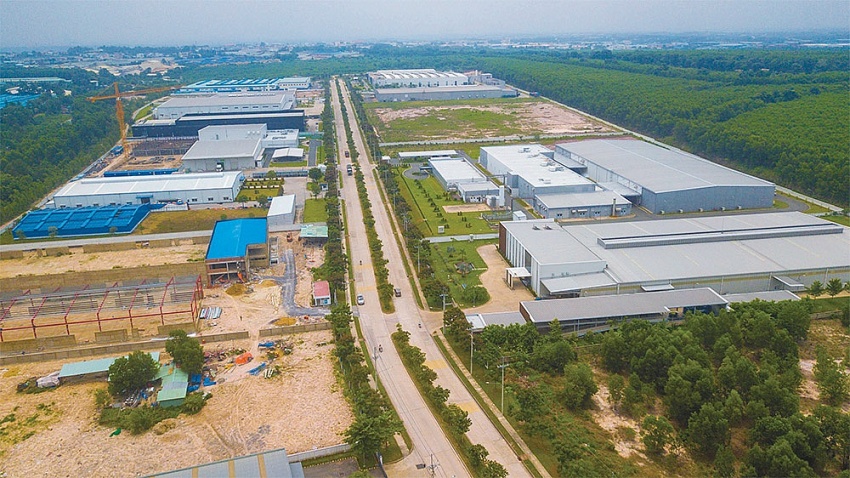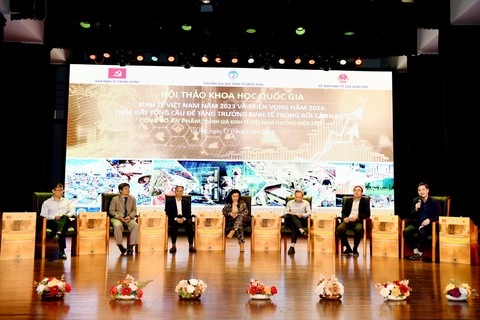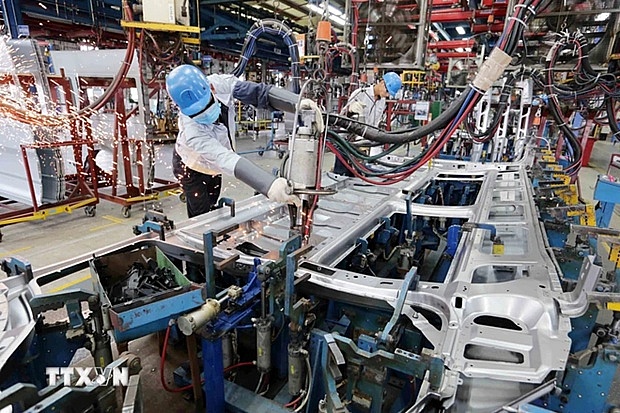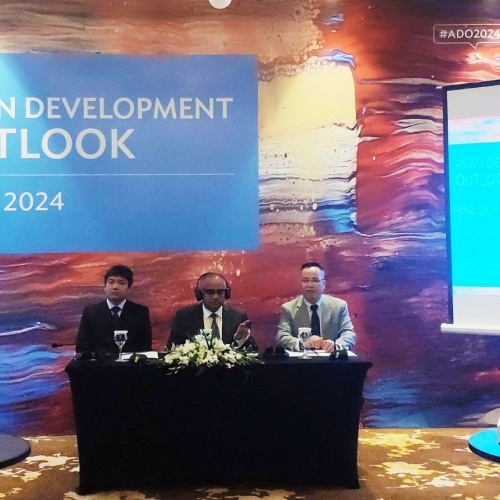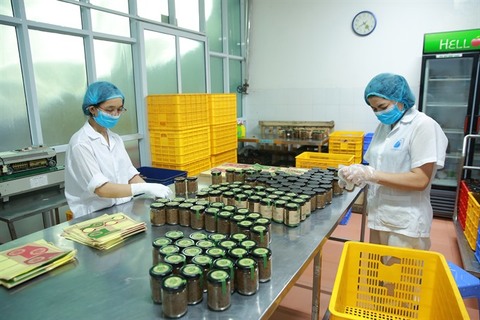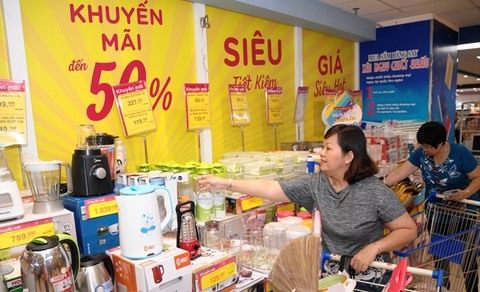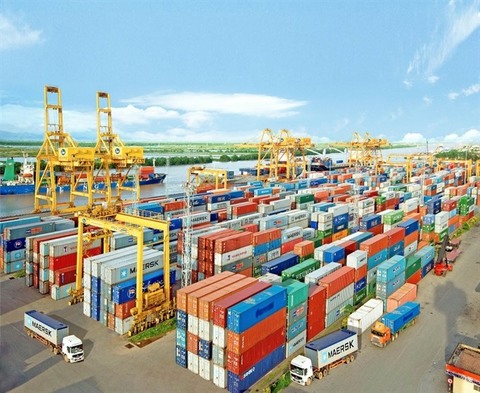HCM City’s innovation district, a launch pad for 4th industrial revolution
HCM City’s innovation district, a launch pad for 4th industrial revolution
By merging districts 2, 9 and Thu Duc into a single innovation district, HCM City wants to create a new driving force for economic prosperity in the era of the fourth industrial revolution.
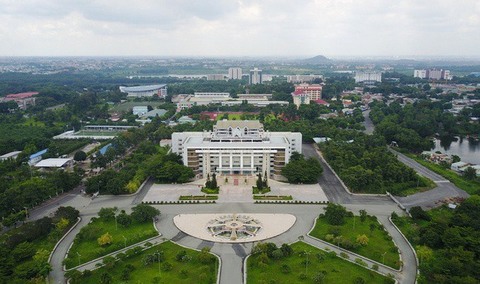
According to Nguyen Thien Nhan, secretary of the city’s Party Committee, the city, the country’s economic hub, accounts for just 0.6 per cent of the land area and 10 per cent of the population but 22 per cent of the GDP and 27 per cent of the Government’s revenues.
The number of university graduates in its workforce and labour productivity are, respectively, 2.3 and 2.7 times the country’s average.
But the city has encountered challenges amid increasing globalisation and rapid development of technologies, while its rapid economic development and urbanisation have put pressure on socio-economic infrastructure.
Nhan said: "In the coming decade the city wants to achieve rapid and sustainable economic growth, increase labour productivity, contribute 30 per cent of the country’s GDP, and become Viet Nam’s ’core’ during the fourth industrial revolution."
So it has identified breakthrough solutions, including establishment of the “innovation district” in the east of the city to enable it to achieve the targets.
Explaining the reason for choosing the three districts, he said Thu Duc has a high concentration of educational institutions, research centres and four large universities with more than 10,000 lecturers, including over 1,000 professors and doctors, and over 100,000 students.
"So it would serve as a place for training high-quality human resources."
"District 2 with the new Thu Thiem Urban and Financial Centre would provide infrastructure and international exhibition and financial centres for the innovation urban area and the city as a whole," he said.
District 9 with the Saigon Hi-Tech Park would be a "hub for research and incubating innovative technologies", he said.
The eastern area also has convenient and modern infrastructure, including Metro Line 1 from Ben Thanh in District 1 to Suoi Tien in District 9, the expressway from HCM City to Long Thanh-Dau Giay in Dong Nai Province and Cat Lai Port, the largest in Viet Nam.
"Creating the innovation district is aimed at creating close interaction between research centres, training schools and hi-tech factories, and at the same time provide a good working and studying environment for experts, scientists and skilled human resources," city deputy chairman Tran Vinh Tuyen said.
"Governance of the innovation hub would be done online and be transparent and without red tape. Once in place, these areas will be the launch pad for the city’s fourth industrial revolution," he said.
Prof Phan Van Truong, an expert on the urban economy and planning, hailed the idea of building an innovation urban area.
“We must think that HCM City will spearhead the nation’s economic development, and the eastern districts have a solid foundation to develop further.”
"But to make this plan work, the city has to start with the basics, namely traffic infrastructure," he said.
“We must build a fully new urban area where priority is given to pedestrians, buses and metro and no longer motorcycles and private cars.”
Former director of the HCM City Institute for Research and Development, Prof Dr Nguyen Trong Hoa, said: “The policy of creating an innovative district in the east of HCM City has revolutionised the urban management task of the city, lessening the gap between Viet Nam and other modern developed metros around the world.”
Caution needed
Many experts have thrown their weight behind this initiative, but some expressed concern.
Pham Chanh Truc, former deputy secretary of the municipal Party Committee, said: "The city should carry out the plan step by step by first designating a smaller area as the innovation district and then expanding it because it would involve huge expenditure."
Pham Thai Son of the Viet Nam-Germany University agreed saying the city’s resources would be insufficient.
Pointing out the possible obstacles the city could face in creating the innovation district, Dr Nguyen Cao Tri of Van Lang University said: "It is difficult for the city to change the management mechanism immediately. So it must find creative ways based on current policies."
He and other experts suggested the city should "prioritise the role of the private sector in the innovation district” because “the private sector … will immediately make investments when they see efficiency”.
Many experts said the city needs "specific policies and mechanisms for the development" of an innovative urban area.
World Bank view
Speaking at a recent forum to discuss the vision for the innovation district, Ousmane Dione, the World Bank’s country director in Viet Nam, said: “A clear vision, good planning and well-skilled workforce are keys to a successful innovation district.”
"Global experience shows that to successfully create an innovation district, a city needs to have a clear vision from the outset. Sound urban planning, policies and management of the innovation district and integration of the district with the rest of the city are crucial.
“It is important to know that since we are planning for innovation districts, we need to think beyond innovation districts and consider regional and global factors, trends and incentives which influence the outcome of these initiatives.”
Therefore, when cities adopt urban plans and management policies, "harmonisation between innovation districts and the rest of the city’s economy and development needs to be considered", he said.
“Innovation districts, if developed successfully, contribute to job creation and inclusive economic development of a city.”
The city has said it will continue to involve international and local advisory agencies to draft a master plan for the innovative district.


